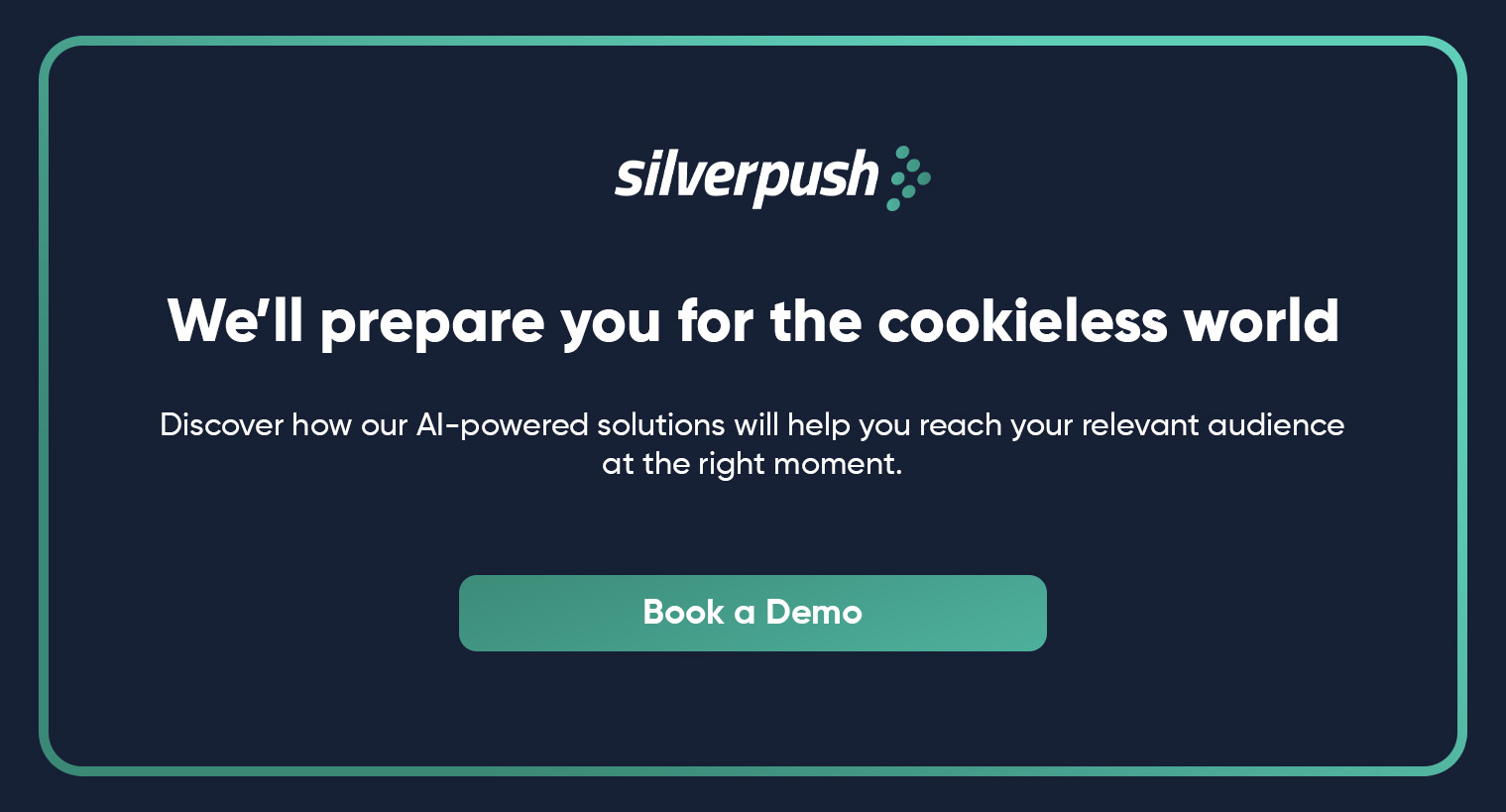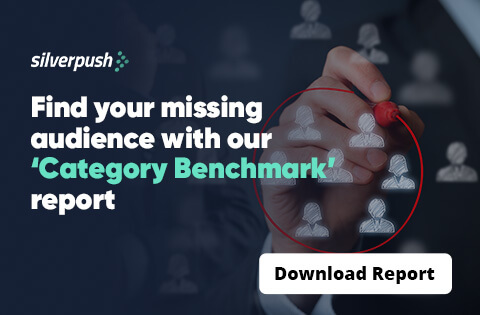The Cookieless Future: How to Thrive in the Life After Cookies?
PUBLISH DATE: 08 February 2023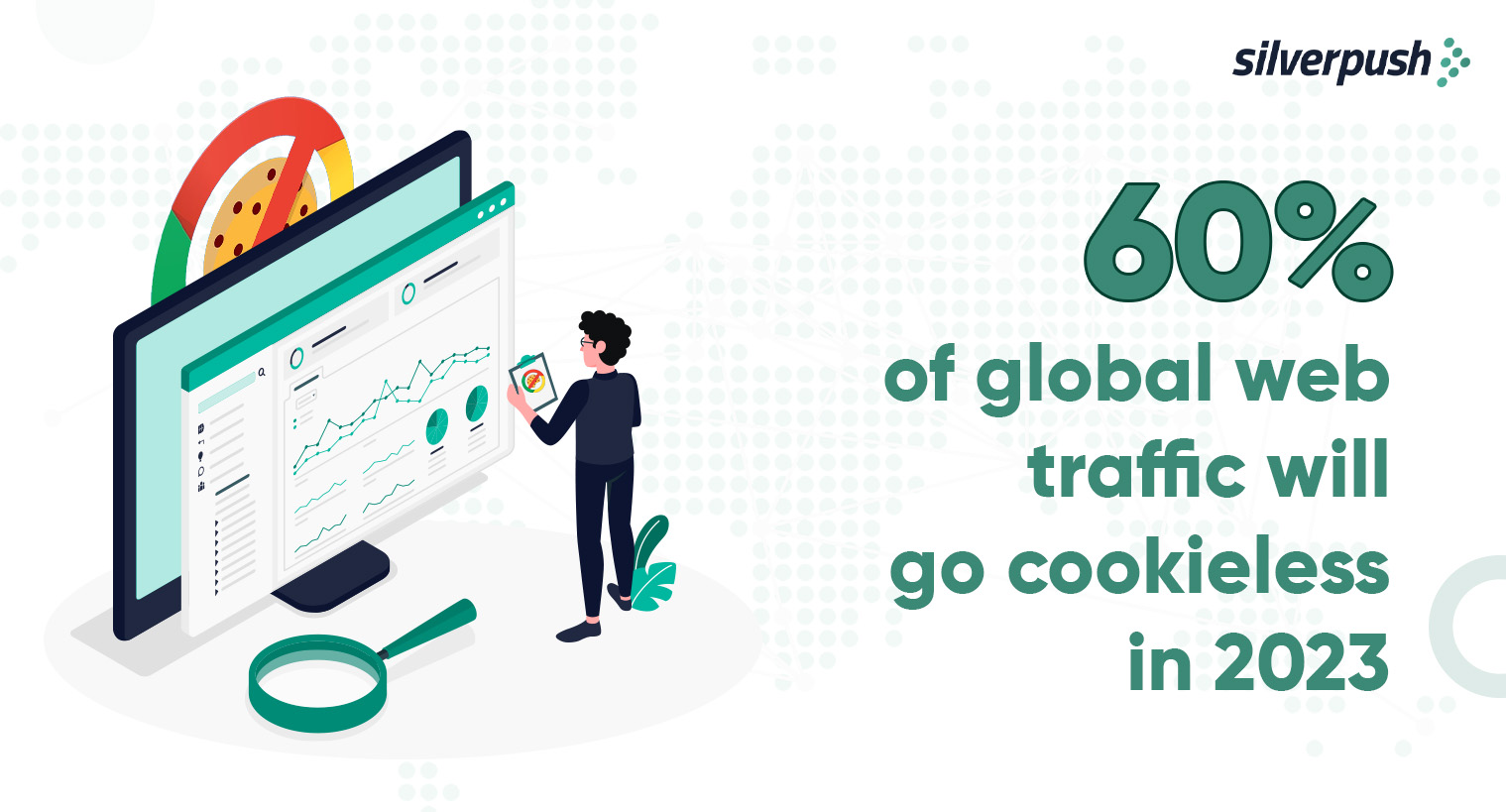
With 60% of global web traffic going cookieless by 2023. Advertisers are still not clear on how to navigate the landscape in the cookieless future. Silverpush’s AI solutions will help fill this gap by providing alternative targeting methods to advertisers & publishers.
Going back to 1992, the year when Netscape made a significant impact in digital history by inventing cookies, allowing websites to save user information and preferences.
This marked a turning point for the digital advertising industry which experienced a revolution as cookies soon became the lifeblood of the online ecosystem. The digital advertising market is currently worth $681.39 billion, and cookies play a major role in its rapid expansion.
As we move forward to 2023, third-party cookies have become a menace for advertisers and publishers who are now looking for alternatives to reach their audience with cookieless advertising solutions.
What Does the Removal of Third-Party Cookies Mean for Advertisers and Publishers?
Today, 86% of US marketers rely on third-party cookies to gain information about user behavior. The impending elimination of third-party cookies presents a major challenge for advertisers to effectively track user behavior and deliver personalized ads.
This change has the potential to negatively impact the digital advertising industry, reducing its efficacy. Publishers will also face difficulties in monetizing their websites, potentially leading to a reduction in the quality of online content as they explore alternative revenue streams like subscriptions or paywalls.

Despite the growing privacy concerns of consumers, personalization remains a priority for them. Marketers must find new solutions to provide personalized experiences without relying solely on third-party cookies to avoid a decrease in ad revenue.
As a marketer, it’s crucial to stay informed and explore new solutions to navigate this shift successfully. This blog will provide answers to your questions on how to adapt to this change.
What Does Cookieless Future Mean?
The cookieless future or cookieless world refers to the ban on third-party cookies. The decision to ban third-party cookies was initiated by Safari and Firefox, and later adopted by Google.
The phase-out of third-party cookies by Google, originally scheduled for 2022, was postponed to 2023 and has now been further delayed to the second half of 2024. Take a look at the timeline of third-party cookie depreciation and how Google has again pushed back its deadline, this time to 2024.
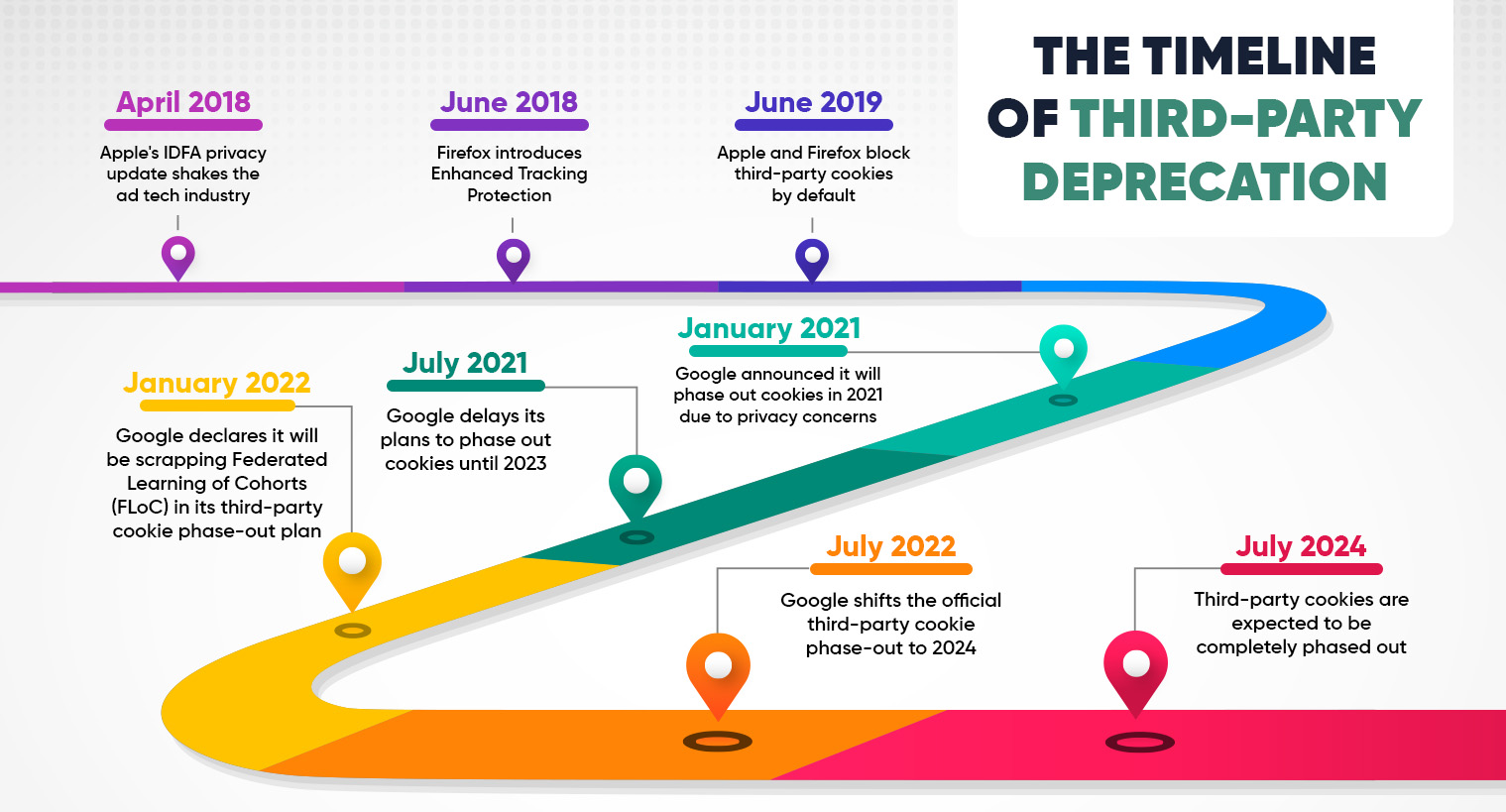
This shift in the digital landscape is driven by privacy concerns and will have a significant impact on advertisers and marketers who rely on cookies to gather information about their target audience.
In the cookieless future, advertisers will need to find third-party cookie alternatives for personalization and targeting, such as through first-party data and the use of privacy-focused advertising methods like contextual advertising.
They should also consider investing in the development of new data sources and technologies and prioritize transparency and user privacy.
To prepare for this change, advertisers and marketers should stay informed about industry developments and new regulations in privacy and data usage.
What Will Happen in a Cookieless World?
An immediate impact of a future without cookies will be seen in the size of third-party audiences, causing a decrease in their viability for media buying.
As a result, marketers will face lower conversion rates and ineffective targeting.
To counteract this impact, marketers must devise innovative audience analysis techniques and utilize alternative marketing methods such as email marketing.
In the wake of phasing out third-party cookies, businesses and marketers need to shift to advertising industry’s next big step – contextual targeting as much as possible.
Contextual targeting strategies could prove crucial to successfully personalize experiences throughout the customer journey while ensuring data security and relevant, targeted advertising opportunities.
Also read: https://beta.silverpush.co/news/what-does-life-after-third-party-cookies-look-like/
How Can Marketers Prepare for a Cookieless Future?
As the use of third-party cookies faces imminent extinction, the advertising industry has been actively searching for alternative solutions. Despite the availability of various options, each comes with its own limitations. Here are some of the top substitutes for third-party data to drive your digital marketing efforts:
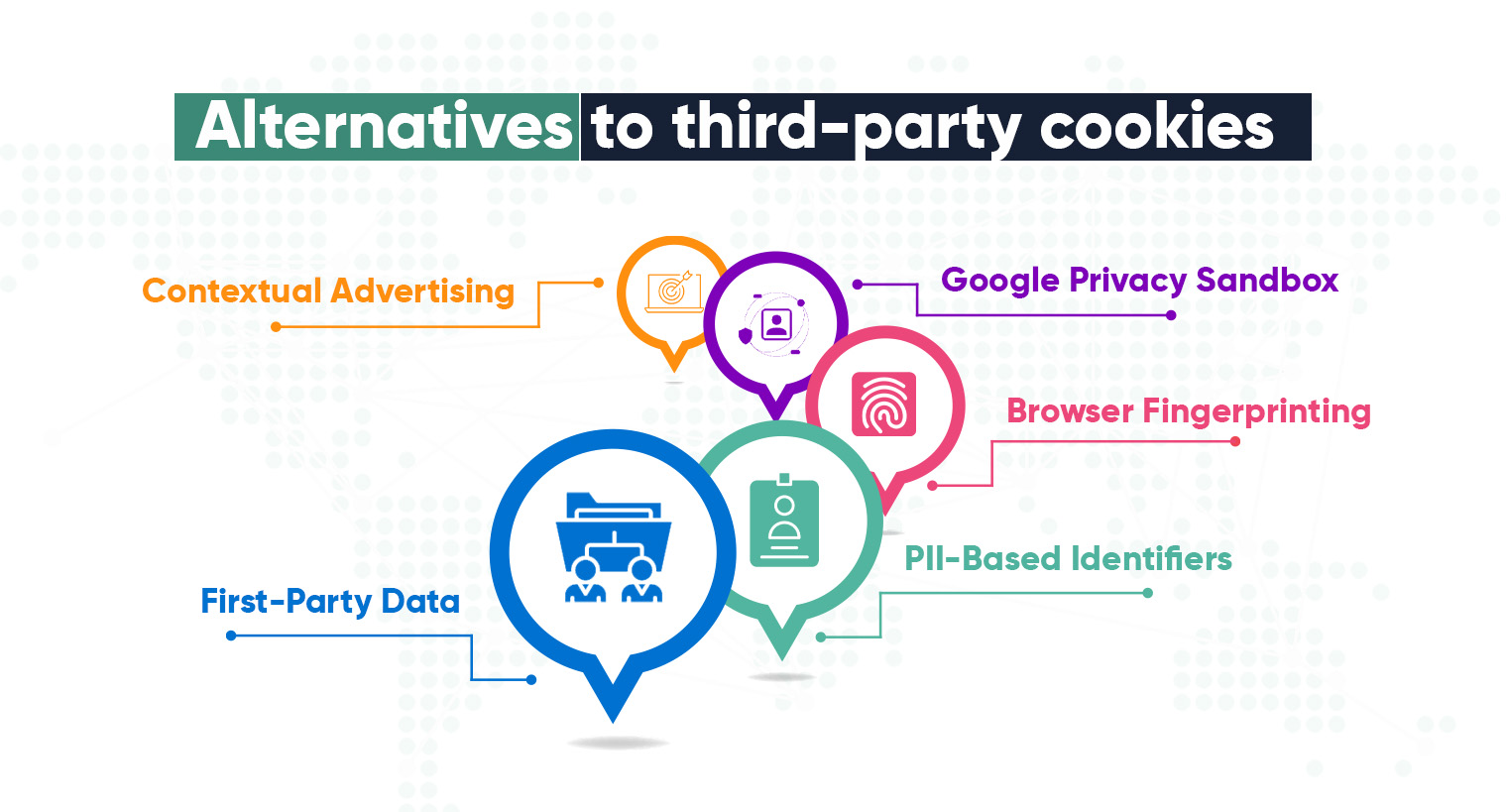
1. First-Party Data
This targeting method also uses cookies, enabling similar targeting capabilities. However, first-party data strategies only track a consumer’s activity within the website that has implemented them.
For instance, if a consumer returns to Pepperfry.com, the site will recall the furniture they previously viewed, but that furniture won’t follow that person to other sites.
This approach allows marketers to target ads to consumers effectively on their own websites without tracking them beyond their platforms. While some customers may appreciate the personalization, collecting first-party data may still feel intrusive to those who are are simply browsing and don’t want to feel followed.
2. PII-Based Identifiers
Using personal identification information such as email addresses or phone numbers, marketers can track users across different devices. This is in contrast to cookies, which do not typically transfer between desktop and mobile. With PII-based identifiers, a site can recognize when a previous user has returned by recognizing an ID generated from a login or other site action. This ID does not link to any personally identifiable information, but instead to the user’s online behavior.
3. Browser Fingerprinting
This technique identifies a device and user by assessing various attributes of a device through the browser. This includes browser type, operating system, active plugins, timezone, language, screen resolution, and settings. While browser fingerprinting can accurately identify the same user across interactions, it is not 100% certain.
4. Google Privacy Sandbox
Google Privacy Sandbox, which is still in its early development stages, aims to provide advertisers with anonymized information through the use of five application programming interfaces (API) in Chrome’s browser instead of cookies. This will limit the amount of information available to marketers while allowing individual users to remain anonymous.
5. Contextual Advertising
Contextual advertising is the only option that does not involve any surveillance. Instead of focusing on consumer identity, contextual advertising displays advertisements next to content that is relevant to the ads.
Which one would you like better? Viewing an ad for sports shoes while reading an article about Jeff Bezos (because a few days back you were scrolling through the internet searching for gym shoes) or, coming across an ad for sports shoes while reading an article on fitness.
Definitely, the latter! Because it is relevant to the content they are currently engaged with.
By targeting interests rather than individuals, contextual advertising is a smart option for advertisers to target consumers in the imminent cookieless future.
Ad tech companies like Silverpush are at the forefront of the shift towards a more privacy-focused and cookie-free future, thanks to advancements in contextual technologies.
Silverpush Will Help You Thrive in Cookieless World
Silverpush saw the flaws of third-party cookies years ago. Since, they’re not people-based, not transparent, and can’t identify people over time and thus never needed it to help its clients reach their relevant audience.
Silverpush, a contextual advertising company has always known that the key to reaching the relevant audience is through contextual targeting.
That’s why we built our AI-Powered solution – Mirrors in 2012. Initially, we offered our in-video contextual advertising solutions only on YouTube. Now we have expanded our technology to OpenWeb, Meta, and CTV.
Mirrors privacy-safe and contextual targeting solutions are a rescuer in the cookieless world. Personalized ads are delivered to the audience with zero dependencies on their data. Most importantly, the placement of ads is done in a completely brand-safe environment with relevance to a particular brand.
